For many people, gardening is a therapeutic hobby that can provide fresh air, relaxation, and beautiful scenery in their backyard. But for others, gardening can be a source of fresh produce that doesn’t break the bank. Growing your fruits and vegetables can save you money at the grocery store, and it’s also a great way to know exactly what you’re eating. Backyard gardening has many benefits.
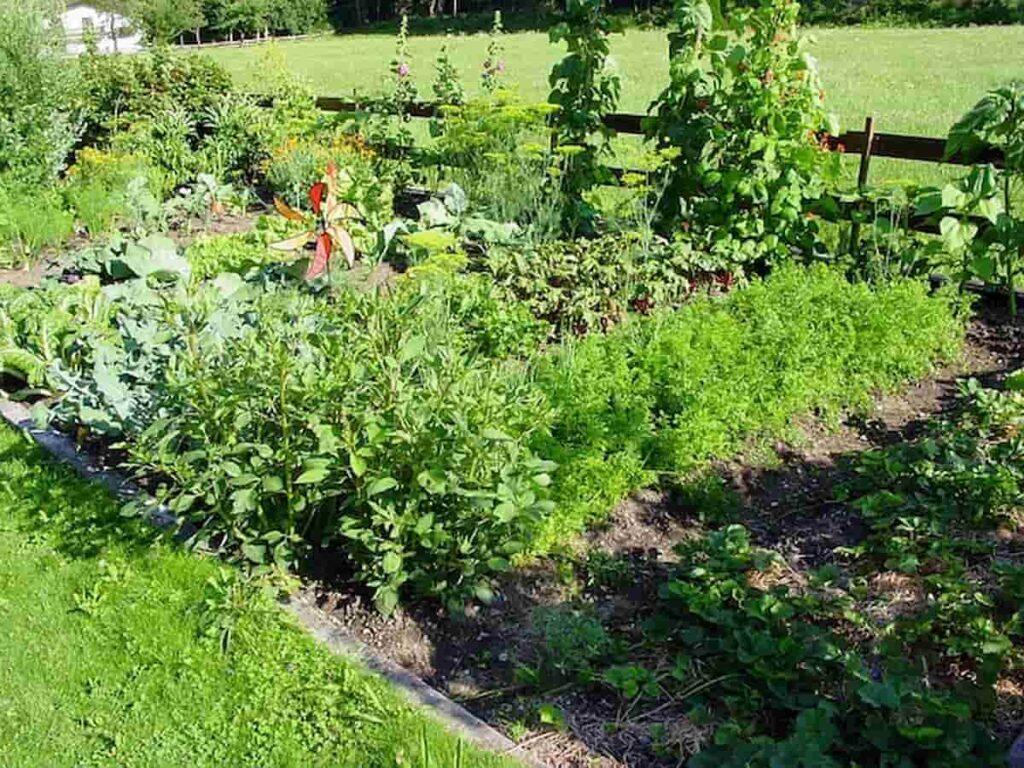
For one, it is the best way to enjoy the fresh air. It is also the best way to exercise and produce fresh fruits and vegetables for your family. Additionally, backyard gardening can be a great stress reliever and can help you relax after a long day. With some planning and effort, you can transform your backyard into a beautiful garden that will provide fresh produce all season long.
45 Key rules for backyard gardening
Key rules for choosing the best place for backyard gardening
- When planning your garden, it’s essential to consider the size and shape of your yard. Defining your garden space will help you determine how much room you have for gardening, what plants will work best, and how to layout your garden beds.
- When choosing plants, consider their mature size so they don’t overcrowd your garden beds.
- It’s also essential to think about sunlight when planning your garden space. Most vegetables need at least 6 hours of sunlight per day to thrive.
- If you have a shady yard, there are still plenty of options for plants that can tolerate lower light levels.
- Once you’ve determined the sunniest areas of your yard, you can plan accordingly. If your yard doesn’t get that much sun, you may consider planting your garden in a different location.
- You must consider the soil in your potential gardening spot. The soil type can impact what plants will grow best there. You need to make sure that your location is convenient for you.
- You want to avoid walking across your yard to get to your garden. Choose a spot close to your house or another area where you spend time so that it’s easy for you to take care of it.
- Finally, don’t forget about water access when defining your garden space. Make sure there is a nearby hose or spigot to water your plants easily. You may also consider installing a drip irrigation system to save time and water.
Key rules for preparing the soil for backyard gardening
- Test the soil pH and adjust as necessary. Most plants prefer soil pH between 6.0 and 7.0. If you’re new to gardening, or even if you’ve been doing it for a while, one of the most important things is to get your soil tested. This will give you valuable information about the nutrients in your soil and how to amend them for optimal plant growth.
- Add organic matter to the soil. This will help improve drainage and aeration while providing essential nutrients for your plants. Good options for organic matter include compost, manure, and leaves.
- Loosen the soil to a depth of at least 8 inches. This will help roots establish themselves more efficiently and allow air and water to reach the root system more effectively.
- You can do this with a spade or gardening fork. Smooth out the surface of the soil so that it is level. This will make planting easier and help ensure that your plants get equal access to sunlight and water.
In case you missed it: How to Grow Love-in-a-mist in Your Backyard: At Home, Soil, Propagation, Planting, and Care
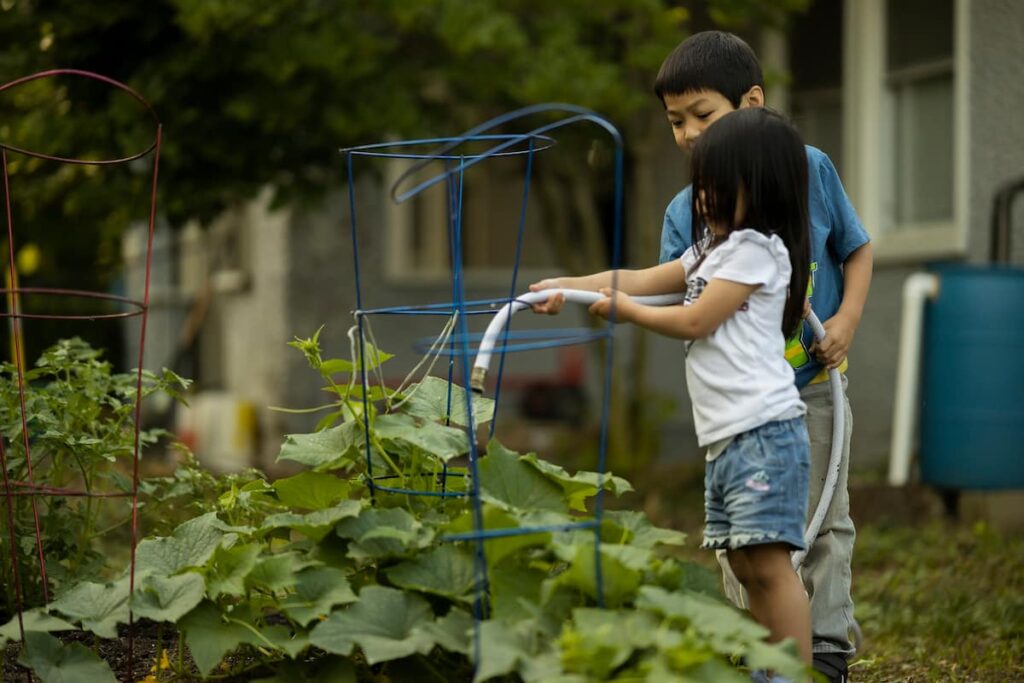
Key rules for finding suitable plants for backyard gardening
- To have a beautiful and bountiful garden, you need to start with the right plants. Not all plants are created equal; some will be better suited for your specific needs and climate than others.
- Make sure to choose plants that can withstand the temperature and weather conditions in your area.
- Some plants need more water than others, so select varieties that can thrive in the amount of rainfall or irrigation you can provide.
- The soil you have will play a big role in what plants will do well in your garden. Be sure to get a soil test done to identify any nutrient deficiencies or other issues that need to be addressed.
- Choose plants based on their purpose. Be clear about your goals before selecting plant varieties.
- Some plants require more care than others, so be sure you are correctly prepared to care for the types of plants you choose.
- Once you’ve decided what to grow, it’s time to start planning your garden. Decide which plants you want to put where and how much of each plant you want to grow. If you’re growing vegetables, consider planting them in rows so they’re accessible to water and harvest. Herbs can be planted in pots or the ground, and fruits can be grown on trellises or in containers.
- Once you have a plan for your garden, it’s time to start planting. Be sure to follow the instructions on each seed packet or plant tag so your plants can thrive.
Key rules for planting a backyard garden
- When it comes to planting and caring for your plants, there are key rules to keep in mind. First, be sure to choose the right plant for the correct location. This means considering the amount of sun or shade the area gets and the soil type. Once you’ve found the perfect spot, it’s time to dig. Be sure to loosen the soil and make a hole twice the width of the plant’s root ball. To keep your plants healthy and thriving, they’ll need some regular care. This includes things like fertilizing, pruning, and deadheading.
- Many people try to save money by buying cheap tools that end up breaking or not working correctly. Quality tools will last longer and make your gardening experience more enjoyable.
- Some essential tools you’ll need include a shovel, rake, hoe, and spade. You’ll also need a watering can or hose and a few containers for planting. If you plan on doing any severe gardening, you’ll also need a wheelbarrow or garden cart to help transport plants and soil.
- Investing in quality tools doesn’t have to break the bank. You can find some great deals on high-quality gardening tools online. Just make sure you do your research before making any purchases.
- Depending on the plant type, you may need to provide a support structure for it to grow correctly. For climbing plants such as vines, you’ll need to provide a trellis or other support structure for them to climb. Stake tall plants such as Tomatoes and Peppers to prevent them from falling over in windy weather. Use cages or netting around plants that produce fruits or vegetables that can be easily knocked off by animals or wind.
In case you missed it: How to Grow Hostas in Your Backyard: Soil, Propagation, Planting, and Care
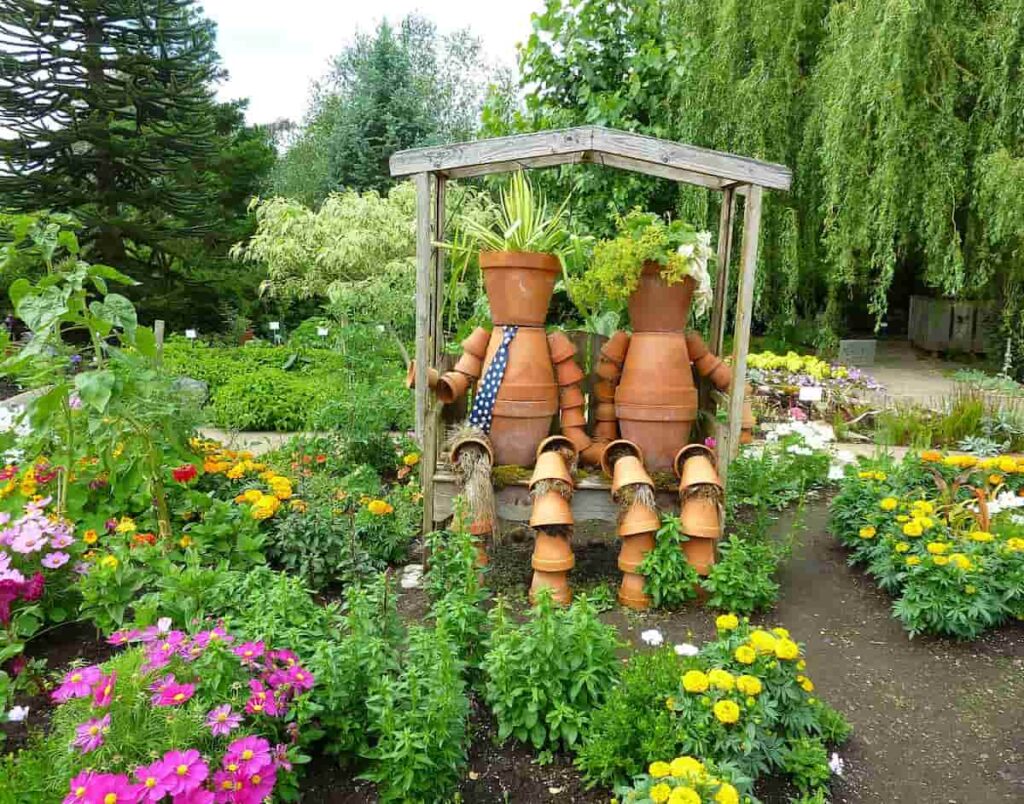
Key rules for watering the backyard garden
- To water your plants wisely, you need to know how much water they need and when they need it. Over-watering can be just as detrimental to your plants as under-watering, so it’s essential to get it right.
- Once you know how much water your plants need, you can set up a watering schedule to ensure they stay healthy and hydrated. Water early in the day so the leaves have time to dry off before nightfall. The leaves will stay wet overnight if you water them in the evening and are more susceptible to fungal diseases.
- You’ll need to water regularly. This means at least once a week, and more if it’s particularly hot or dry outside. Make sure you’re using the right amount of water. Too much or too little can both be detrimental to your plants. Consider using a soaker hose or drip irrigation system to help conserve water and ensure that your plants get the moisture they need.
- Using an irrigation system, ensure it’s set up correctly so each plant gets the proper water. Mulching helps retain moisture in the soil and keeps weeds at bay.
Key rules for fertilizing backyard garden
- Fertilizing your garden properly is one of the key rules for backyard gardening. Fertilizer helps your plants to grow and produce more fruit or vegetables. However, over-fertilizing can harm your plants. Knowing how much fertilizer to use and when to apply it is essential.
- Many different types of fertilizer are available on the market. Some are made from natural ingredients, while others are synthetic. Synthetic fertilizers can be more potent than natural ones but can also harm your plants if not used properly. Reading the labels on all fertilizers before using them in your garden is essential.
- The best time to fertilize your garden is in the spring before you plant your crops. This will give the fertilizer time to work into the soil and help your plants get a good start. You should also fertilize again in the summer after you harvest your surface to help replenish the nutrients in the soil your plants use up during their growing season.
- Over-fertilizing can damage your plants and even kill them. When using natural fertilizer, you can generally apply it more liberally without harming your plants. Fertilizing properly is an essential part of successful backyard gardening.
In case you missed it: How to Grow Coneflowers in Your Backyard: Soil, Propagation, Planting, and Care

Key rules for mulching backyard garden
- Mulch is a material layer applied to the soil’s surface. It has many benefits, including conserving moisture and controlling weeds.
- When appropriately used, mulch can help reduce evaporation from the soil surface, keeping your plants’ roots moist and healthy. It can also help prevent weed seeds from germinating and competing with your plants for water and nutrients.
- Choose the best one appropriate for your climate and gardening needs. Organic mulches (such as bark or wood chips) are best for gardens in cooler climates, while inorganic mulches (such as gravel or black plastic) work well in hot, dry climates.
- Be sure to apply mulch 2 to 4 inches thick. This will ensure that it is effective at conserving moisture and controlling weeds.
- Organic methods are those that avoid the use of synthetic fertilizers, pesticides, and herbicides. These methods include using natural pest control measures, such as companion planting, crop rotation, and traps; using organic fertilizer, such as compost or manure; and practicing good gardening habits, such as watering deeply and regularly, mulching, and thinning plants. By following these key rules for backyard gardening, you can produce a healthy, abundant harvest while saving money on costly inputs.
Key rules for protecting backyard garden from pests and diseases
- Pest control is one of the most important aspects of gardening, and there are a few key rules to follow to ensure your garden is pest-free. Always keep your garden clean and free of debris. This will discourage pests from taking up residence in your garden. Regularly check your plants for signs of pests and take action immediately if you see any. Use pest-resistant plants or natural pest control methods whenever possible.
- Regularly inspecting your plants for signs of pests would be best. If you see any, take action immediately. The sooner you catch a problem, the easier it will be to deal with.
- There are several ways to control pests. You can use physical barriers like netting or fencing or chemical controls like insecticides and herbicides. You can also encourage beneficial insects like ladybugs and Lacewings, which help to control pests naturally.
- Whatever method you choose, follow the instructions carefully and always Wear protective clothing when using chemicals. You can keep your garden free of pests all season long with a little effort.
In case you missed it: How to Grow Medicinal Plants in the Backyard: Medicinal Herb Gardening for Beginners
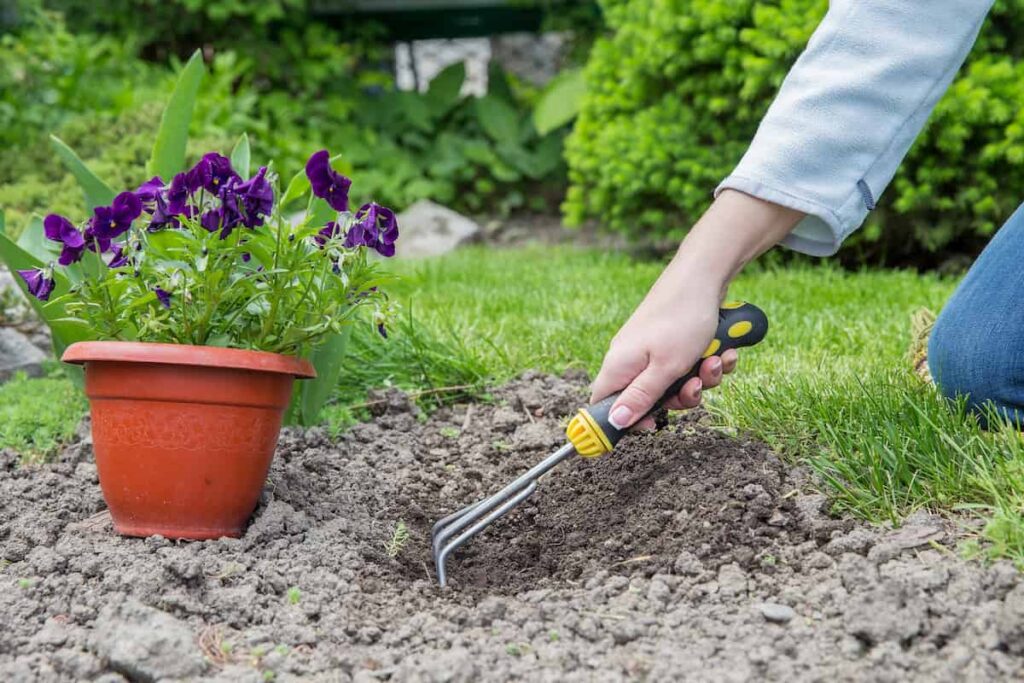
Harvesting tips for backyard gardening
- When your crops are ready to harvest, it is essential to follow some key rules to ensure a successful harvest. First, make sure to check your plants regularly for ripeness. Depending on the crop, you may need to harvest daily or weekly. Second, use sharp tools when harvesting to avoid damaging the plants. Third, be gentle with the plants as you harvest so as not to damage them. Finally, clean your tools and equipment after each use to prevent the spread of disease.
Crop rotation tips for backyard gardening
- When planning crop rotation, it’s essential to consider the different families that plants belong to. This helps to replenish the nutrients in the soil and prevent pests and diseases from becoming a problem.
- When planning your crop rotation, some other things to keep in mind. The length of time each crop takes to mature. Whether or not a crop is a perennial or an annual. What kind of root system each plant has (taproots, fibrous roots, etc.)
In case you missed it: Top 26 Best Water Plants for Backyard Ponds and Indoors
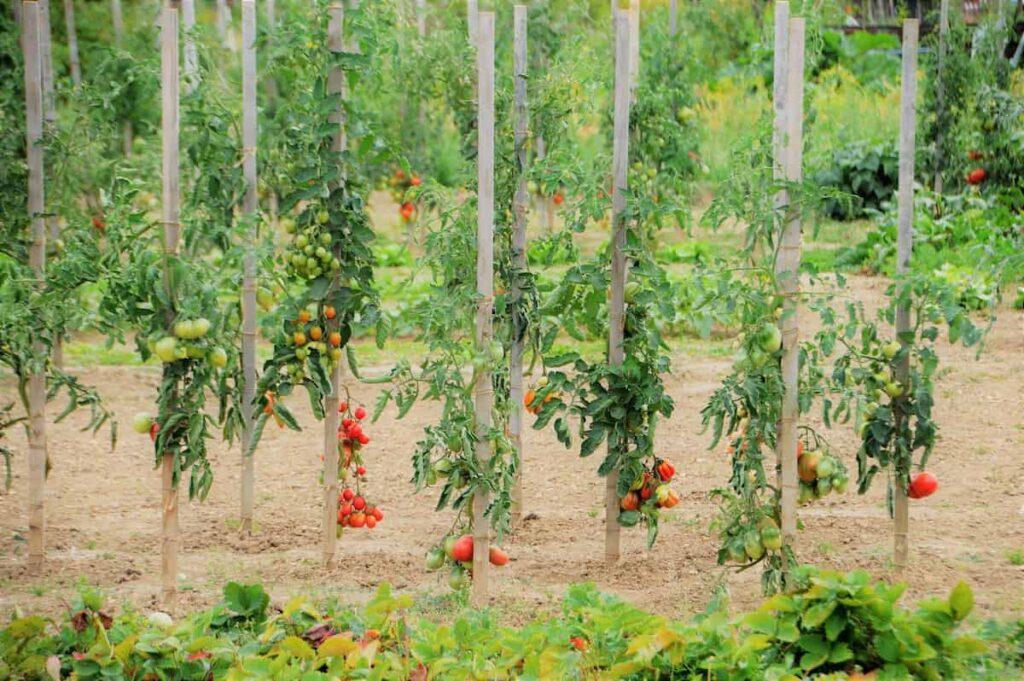
Conclusion
With proper planning and execution, backyard gardening can be a fun and rewarding experience. Following the key rules in this article can increase your chances of success and avoid common pitfalls. With a little effort, you can have a beautiful garden that provides fresh produce all season long.
- Flower Garden Designs and Layouts for Beginners
- Planting and Spacing Techniques in Papaya: A Beginner’s Guide
- Growing Gold: Essential Techniques for Planting Pineapples
- How to Make Kalanchoe Plant Bushy: Home Remedies and Solutions
- 11 Reasons Why Your Gardenia is Not Blooming: Home Remedies and Solutions
- Eco Elegance: The Guide to Designing a Drought-Tolerant Landscape
- Gardening on a Slope: Strategies for Hillside Landscaping
- Nourish and Flourish: Top Organic Mulches for Thriving House Plants
- Everything You Want to Know about Indian Mogra Flower: Discover Uses and Growing
- Green Thumb Success: Expert Tips for Cultivating Greenhouse Pumpkins All Year Round
- Maximize Growth & Flavor: The Ultimate Guide to Companion Planting in Herb Gardens
- How to Control Rhododendron Problems Naturally: Home Remedies and Organic Ways to Fix Them
- Natural Magic: The Remarkable Benefits of Cinnamon for Plants
- Best Steps to Revive Dying Tulip with Natural and Organic Treatment
- 10 Reasons Why Your Angel Trumpet is Not Blooming: Remedies and Treatment
- How to Fix Periwinkle Leaf and Flower-Related Problems: Natural Remedies and Solutions
- How to Fix Zinnias Leaf and Flower Problems: Discover Natural and Home Remedies
- Organic Steps to Induce Lemon Tree Flowers: A Comprehensive Guide
- Bloom Booster: Crafting the Perfect Homemade Bougainvillea Fertilizer
- Optimizing Growth: A Guide to Applying NPK Fertilizer for Potted Plants
- 10 Best Homemade Fertilizers for Rubber Plant: DIY Recipes and Application Method
- How to Boost Female Pumpkin Flowers: Effective Steps for More Flowers and High Yields
- Transform Your Indoor Garden: Top Benefits of Pink Salt for Houseplants
- 10 Best Homemade Fertilizers for Peacock Plants (Calathea): Easy DIY Guide
- Unlock Blooms: 9 Reasons Why Your Potted Chrysanthemum is Not Blooming
- 8 Reasons Why Your Potted Hibiscus is Not Blooming: Fix it with Simple Solutions
- Unlock Blooms: 9 Key Reasons Your Potted Frangipani Won’t Flower
- 10 Reasons Why Is My Ice Plant Not Blooming: Remedies and Treatment
- 10 Reasons Why My Potted Hydrangea Not Blooming: Treatment and Remedies
- 10 Reasons Why is My Wisteria Not Blooming: Remedies and Treatment
- 10 Reasons Why is My Goldfish Plant Not Blooming: Remedies and Treatment
- Maximize Your Space: Ultimate Guide to Balcony Gardening with Grow Bags
- 10 Reasons Why Your Iris is Not Blooming: Remedies and Treatment
- 10 Reasons Why Your Anthurium Plant is Not Blooming: Treatment and Remedies
- 10 Reasons Why Your Aquaponic Plants Are Not Flowering: Remedies and Treatment
- 10 Reasons Why Your Agapanthus is Not Flowering: Remedies and Treatment